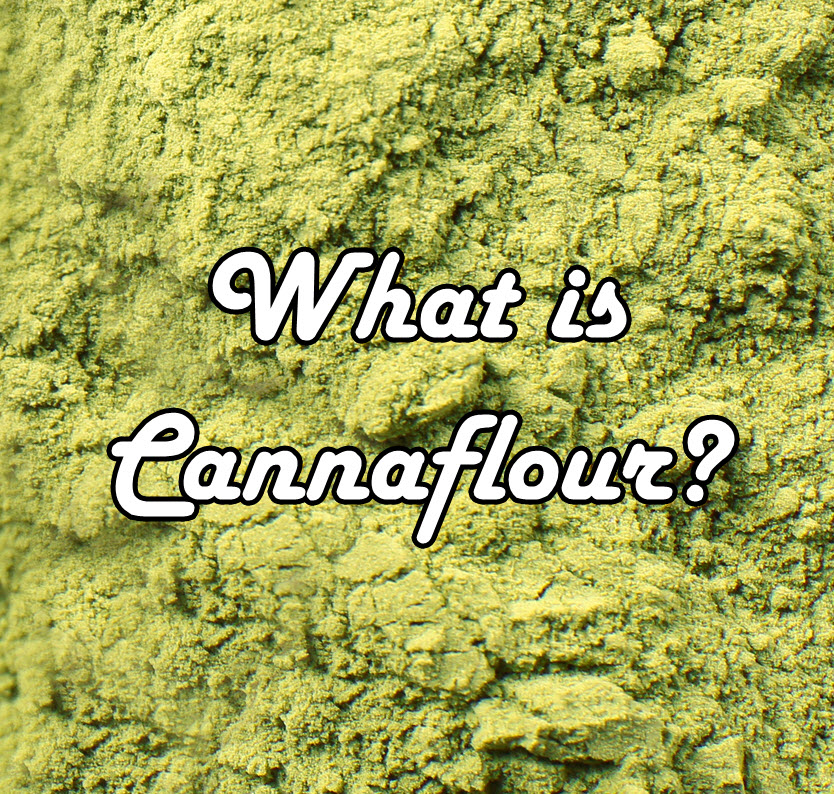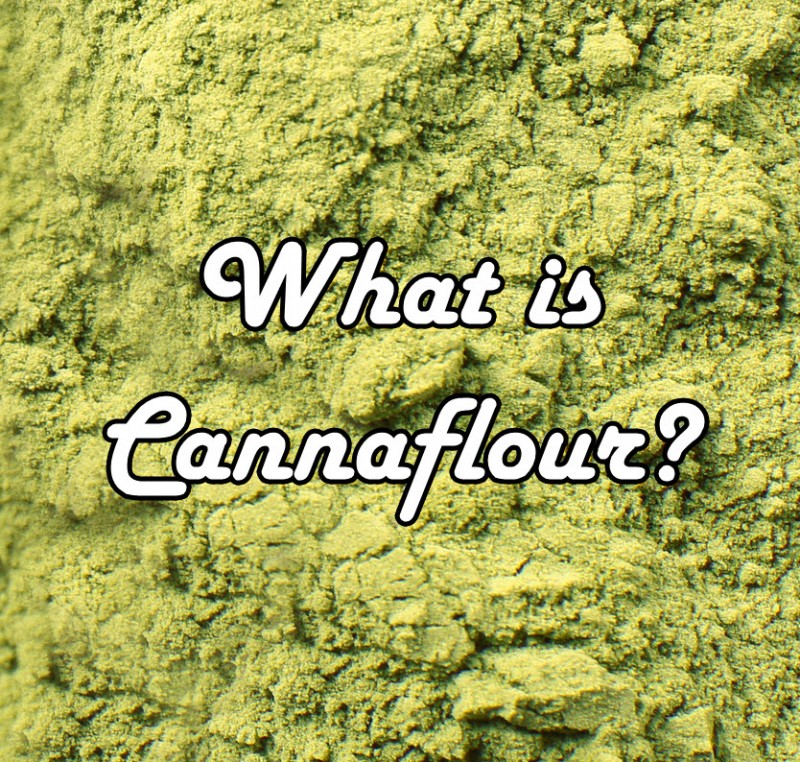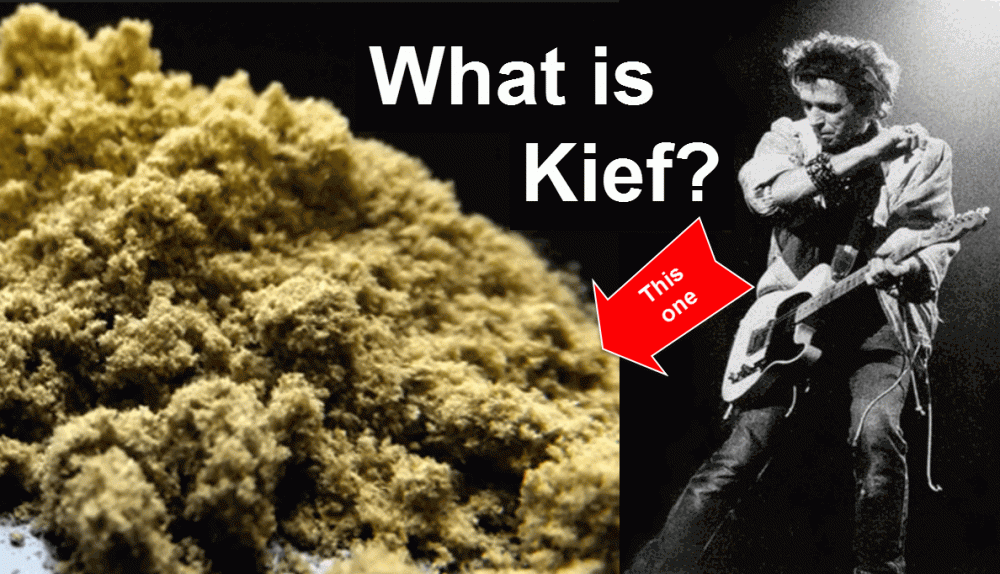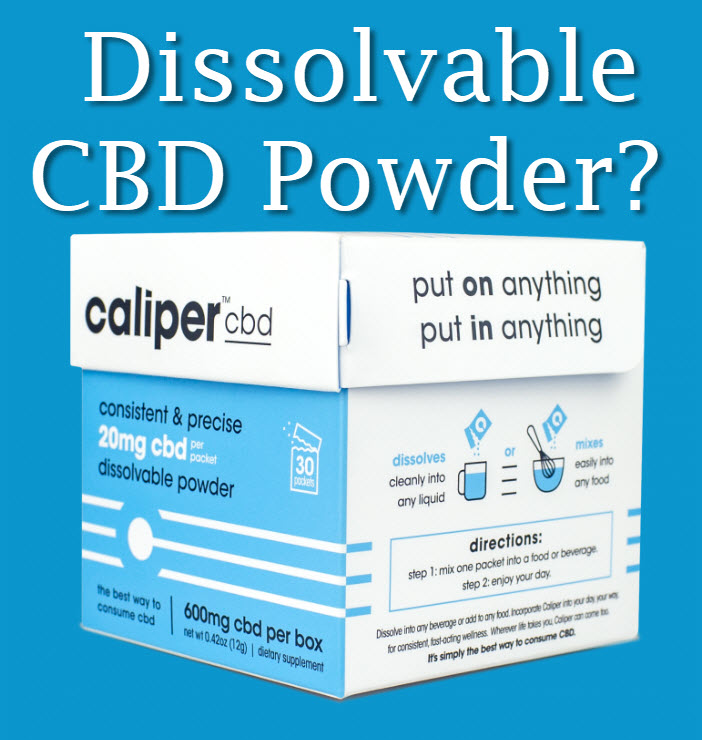What is Cannaflour and How Do You Make It?

Every day, people are finding new and fun ways to consume cannabis. Whether it’s sublingual CBD oil, vaping cannabis oil, or dabbing concentrates, it seems like there’s always a new gadget or craze for getting the most out of marijuana just waiting to be discovered. Recently, a new ingredient for making cannabis-infused creations has been gaining traction in the do-it-yourself edible scene: cannaflour. Yup, you guessed it. Cannabis-infused flour. The best part is it’s incredibly easy to make on your own and can be used in a variety of recipes.
Here are a few things you should know before making your own cannaflour:
- The process of making cannaflour utilizes the entire marijuana plant, from leaves to buds. If you don’t have t leaves, bud-only cannaflour is fine, but it will be more potent than cannaflour that also utilizes the plant’s leaves.
- This is a great way to maximize the plant and minimize waste.
- Cannaflour is rich in fiber and loaded with beneficial nutrients and minerals.
- Cannaflour alone will taste very earthy, so if you’re adding it to an existing recipe, make sure to increase the other flavors and spices, like cinnamon and sugar, to balance out the cannaflour’s inherent grassy notes.
- Cannaflour can be kept for months in a tightly sealed jar that’s kept out of direct sunlight and in a cool and dry place.
- The following recipe will yield one-fourth cup of cannaflour.
Recipe:
7 grams of cannabis (buds and leaves, if you have them, leave the stems out)
A blender, food processor, or coffee grinder
Step 1: To decarboxylate (activate the THC) the cannabis, spread it evenly on a baking sheet lined with parchment paper and heat in a 240 F oven for 45 minutes. Let it cool to room temperature afterwards. If you don’t want to activate the THC, skip this step.
If you want to avoid the psychoactive effects of cannabis and are only after its therapeutic benefits, you can keep it at its raw state and benefit from the plant’s THCA instead. THCA is considered a superfood in its own right. Some people add raw cannabis leaves to smoothies or even juice them as is. This allows a person to benefit from the plant’s healing properties without any mind-altering effects.
Step 2: After the cannabis has cooled, transfer it to a blender/food processor and pulse until it becomes fine powder.
Step 3: Transfer the powder to a clean, airtight container and keep in a cool, dry place until you’re ready to use it. For optimal freshness, be sure to use it within three months.
To use the prepared cannaflour, replace a fourth of the flour the recipe you’re using calls for and then sift the regular flour together with your prepared cannaflour. Do not just mix it in with a whisk; the sifting is crucial so that your baked good will be consistently dosed.
By DIY-ing your cannaflour, you can guarantee you know exactly what’s going in it, including the type of strain being used, the percentage of THC, and how much cannabis is actually going in, to allow you to properly dose and know exactly what to expect. Cannaflour is incredibly versatile. You can use it to make a variety of baked goods and savory dishes, from pancakes, banana bread, and cupcakes, to tortillas, the possibilities are endless.
Never cooked with cannabis before? Here are some reasons why you should consider it:
- It’s high in a variety of vitamins and minerals, specifically: vitamin K, which is essential for blood clotting; vitamin C, which helps boost your immune system; iron for blood oxygenation; calcium for strong bones; folate for DNA repair; and it’s high in fiber to keep things moving digestively.
- It’s rich in antioxidants, which help defend against free radicals that can wreak havoc on our bodies over time and lead to cell damage.
- Ingesting marijuana produces a longer and more intense full-body high compared to smoking. It’s also ideal for those seeking the therapeutic benefits of cannabis, particularly its pain-relieving properties, without having to deal with the risks associated with smoking. This method also helps maximize its analgesic effects so that they last as long as possible.
- It’s extremely effective in regulating nausea and vomiting, which makes it ideal for someone going through chemotherapy, without putting their respiratory system at risk.
- According to some studies, the cannabinoids in THC can help isolate and eliminate cancer cells. However, experts believe you can’t get these benefits from smoking the plant because it would be almost impossible to smoke the amount of cannabinoids needed to be able to benefit from it. But when cannabis is made into highly concentrated oils, users can get the recommended dosage with just a drop of two, which can also then be mixed into food and drinks.
So the next time you’ve got a craving for baked goods, you might want to consider making your own cannaflour first.
WORKING WITH CANNABIS POWDER, READ THESE..
WHAT IS KIEF FROM CANNABIS GRINDERS, READ THIS.







